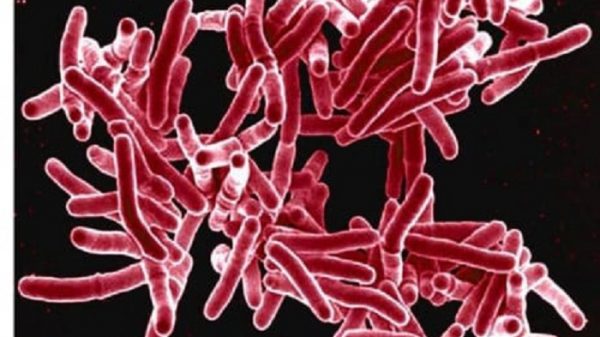WHO sounds alarm on TB fight funding

- Update Time : Tuesday, March 22, 2022
- 130 Time View

The world is spending nowhere near enough to revive the fight against tuberculosis after the Covid-19 crisis set back years of progress, the WHO said Monday.
Ahead of World Tuberculosis Day on Thursday, the World Health Organization said global spending on TB diagnostics, treatments and prevention in 2020 was less than half of the target of $13 billion annually by 2022.
“TB remains one of the world’s deadliest infectious killers,” said the WHO. “Each day, over 4,100 people lose their lives to TB and close to 30,000 people fall ill with this preventable and curable disease.”
It is the second top infectious killer after Covid-19.
Tuberculosis is caused by a bacteria that most often affects the lungs. Like Covid, it is transmitted via the air by infected people, for example by coughing.
The coronavirus pandemic disrupted access to TB services, the WHO said.
TB deaths increased in 2020 for the first time in more than a decade, and the situation “continues to look bleak”, said Tereza Kasaeva, director of the WHO’s global TB programme.
In 2020, the first full year of the Covid pandemic, an estimated 63 percent of under-15s with TB were not reached with or not officially reported to have accessed life-saving TB diagnosis and treatment services.
Almost two thirds of eligible children under five did not receive TB preventive treatment.
Over 1.1 million under-15s fell ill with TB in 2020, and 226,000 children and adolescents died, said the WHO.
– COVID research may help TB fight –
But the massive investment into Covid-19 research, which resulted in safe and effective vaccines and treatments, could serve as an inspiration for the fight against TB, said the WHO.
“There is a need to catalyse investment and action to accelerate the development of new tools, especially new TB vaccines,” it added.T
The well-known BCG vaccine against TB is a century old, said Kasaeva. A new vaccine would be a “game-changer”.
There are nine potential vaccines in the pipeline, quite far advanced, and a new mRNA platform is also being worked on.
“There is growing interest for the development of TB vaccines,” said Kasaeva. “We think it’s quite possible, if it will be prioritised, to have a new, effective TB vaccine before 2025.”
But an extra $1.1 billion was needed in research and development, said the WHO.
Global spending on tuberculosis diagnosis, treatment and prevention services fell from $5.8 billion in 2019 to $5.3 billion a year later, the report found.
“Urgent investments are needed to develop and expand access to the most innovative services and tools to prevent, detect and treat TB that could save millions of lives each year, narrow inequities and avert huge economic losses,” said WHO chief Tedros Adhanom Ghebreyesus.
“These investments offer huge returns for countries and donors, in averted health care costs and increased productivity.”















